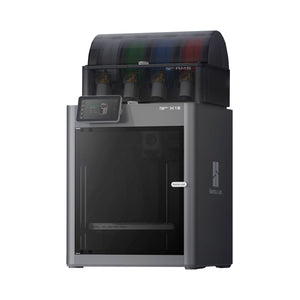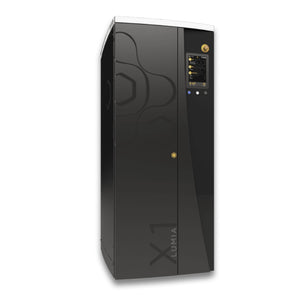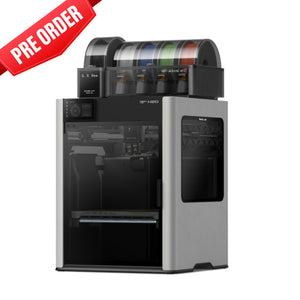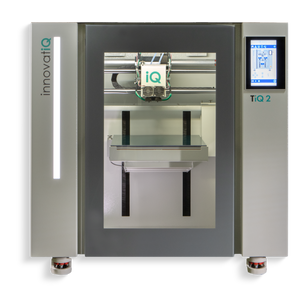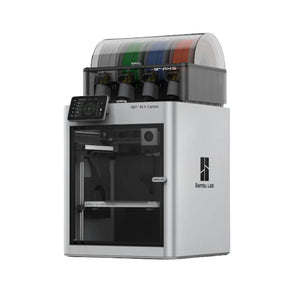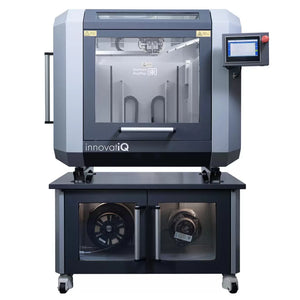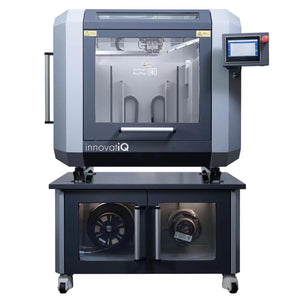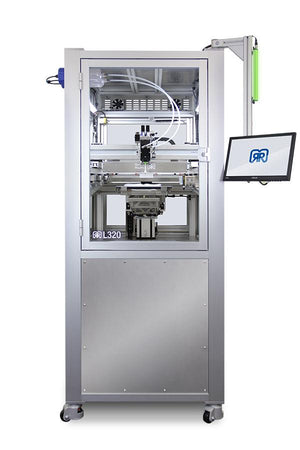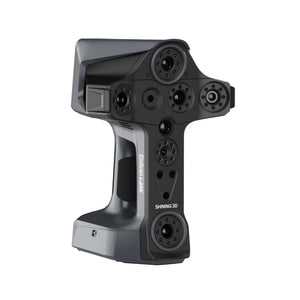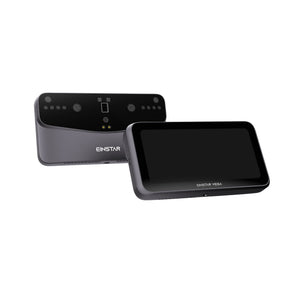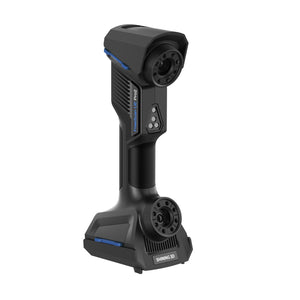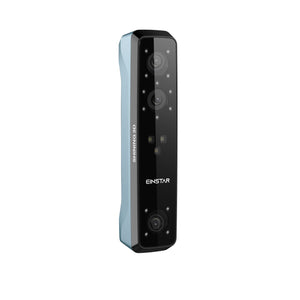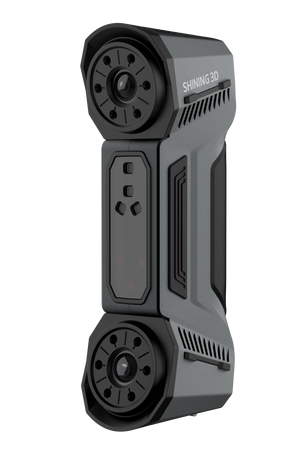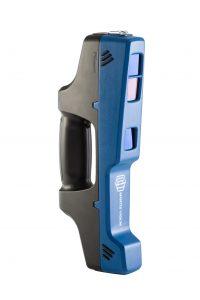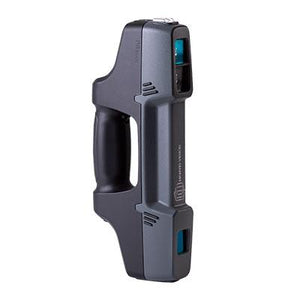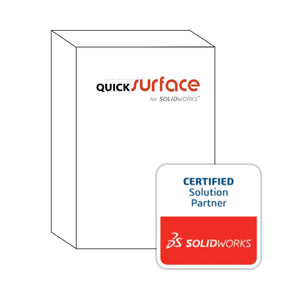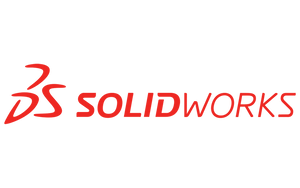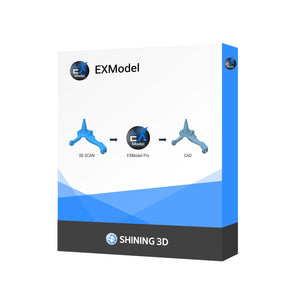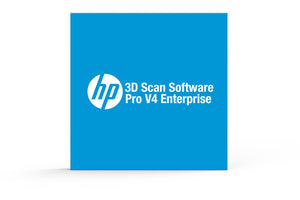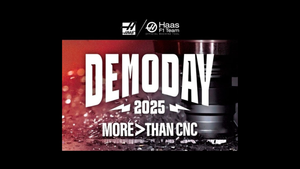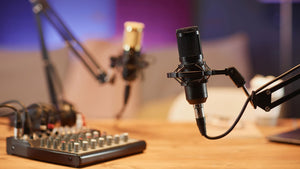Aug 18, 2025
PODCAST: How 3DChimera Uses 3D Printing and 3D Scanning to Solve Manufacturing Challenges
Alex Hussain, CEO of 3DChimera, recently joined the team at LIFT (The national Advanced Materials and Manufacturing Innovation Institute) on the Smarter Manufacturing Podcast to talk about how his company is pushing the limits of 3D printing and 3D scanning in the real world.

The conversation covers how to make additive manufacturing work in demanding environments, how to turn off the shelf technology into reliable tools, and why speed and flexibility matter more than ever in modern manufacturing.
Listeners will hear how Alex and his team tackle problems on the fly, adapt to changing needs, and deliver results when it counts.
You can play the episode right here or find it on your favorite podcast app (https://lift.technology/smarter-manufacturing-with-3dchimera-ceo-alex-hussain/).


